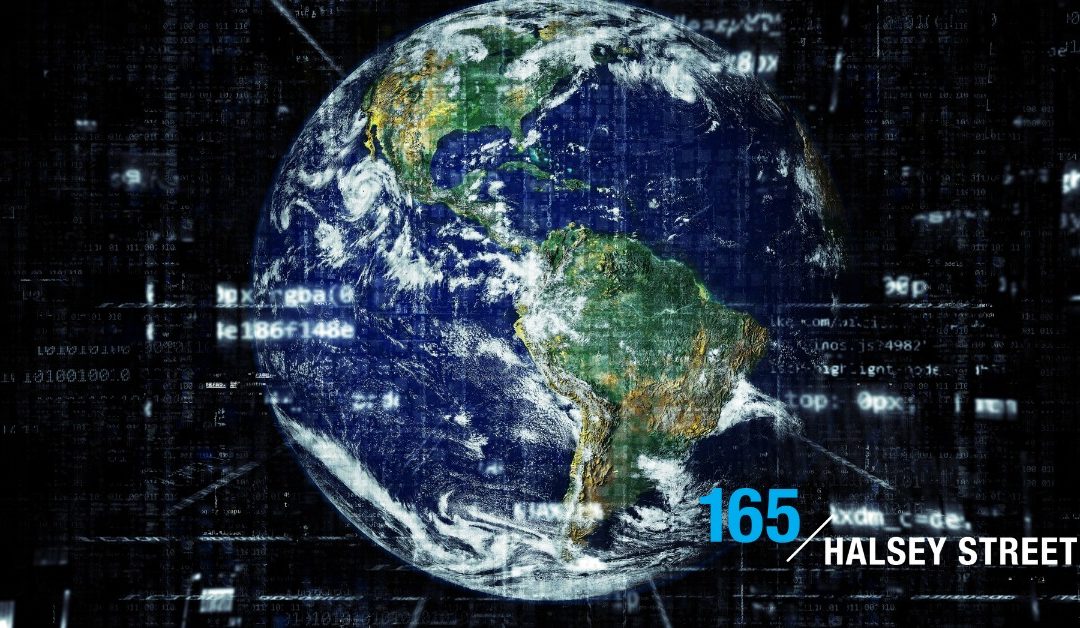Continued research detects the need for greater investment in more fiber networks, which is vital to closing a digital divide globally. Omdia’s latest global fiber development index is predicting that by 2026, the connected global population will increase from 58% to 70%. However, even with that substantial increase, there is a looming fear not all users will have the same access. To help combat this, Omdia created the global fiber development index to monitor investments in fiber across all parts of the network.
This index covers 81 territories and is updated each year. Beyond the basics, this benchmark tracks and ranks all elements of fiber network investment, including fiber access, mobile fiber backhaul, core fiber backhaul, and overall quality of service.
Most recently the study found that of the 70% connected to the internet, 30% of the population will have access through a mobile device and only 40% will have a home connection. Results continue to show Singapore leading the ranks, followed by South Korea, United Arab Emirates, China, and Qatar. The United States ranks18th in the world overall.
The report also highlighted that the connectivity digital divide is closing, speed and service inequalities are widening. Omdia ranked Latin America high, forecasting 44% of the population will have access to fixed broadband services by 2026 but only 5.3% will be on a connection delivering 500Mbps or more, and only 1% will have speeds of more than 1Gbps. Meanwhile, in the U.S. it is 77%, 26% and 11% respectively.
It’s noted that as a broadband access technology, optical fiber provides a highly optimized, sustainable, and future-proof quality service. Providing full-fiber broadband networks is essential to closing this digital divide. As countries move to a greener, more sustainable future, advanced fiber must be a part of that plan.
